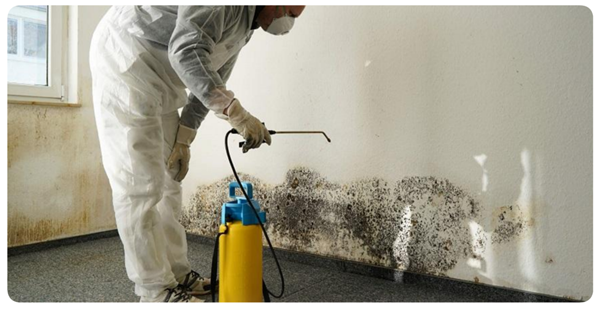Maintaining and Inspecting Split Tee Fittings: Best Practices for Longevity
Split tee fittings are essential components in various piping systems, allowing for the efficient branching of pipes. Their design and functionality make them versatile for numerous applications, from industrial processes to residential plumbing. However, like any critical component, split tee fittings require regular maintenance and inspection to ensure they perform optimally and have a long service life. Here’s a comprehensive guide on best practices for maintaining and inspecting split tee fittings to enhance their longevity.
1. Regular Inspections
Routine inspections are crucial for identifying early signs of wear, damage, or potential failures in split tee fittings. Follow these best practices for effective inspections:
-
Visual Checks: Regularly inspect the fittings for any visible signs of damage such as cracks, corrosion, or leaks. Pay close attention to joints and connections where leaks are most likely to occur.
-
Leak Detection: Use appropriate leak detection methods, such as pressure testing or chemical leak detectors, to identify any potential leaks. Early detection can prevent more significant issues and ensure the integrity of the system.
-
Check Alignment: Ensure that the split tee fittings are properly aligned with the connected pipes. Misalignment can cause stress on the fittings and lead to premature failure.
2. Cleanliness and Debris Removal
Maintaining cleanliness around split tee fittings is vital for their longevity:
-
Regular Cleaning: Remove any debris or build-up around the fittings. Accumulated debris can cause blockages and affect the fitting’s performance.
-
Avoid Harsh Chemicals: When cleaning, avoid using harsh chemicals that might damage the fitting material. Use mild detergents and water, and ensure that all residues are thoroughly rinsed off.
3. Corrosion Prevention
Corrosion can severely impact the performance and lifespan of split tee fittings, particularly in harsh environments:
-
Use Protective Coatings: Apply anti-corrosion coatings or paint to the fittings if they are exposed to corrosive substances. This will help shield them from the damaging effects of moisture and chemicals.
-
Regular Maintenance: Inspect the protective coatings regularly and reapply them as necessary to maintain their effectiveness.
4. Tightening and Torque
Proper tightening and torque are essential for ensuring that split tee fittings remain secure and leak-free:
-
Follow Manufacturer’s Guidelines: Always adhere to the manufacturer’s recommended torque specifications when installing or tightening fittings. Over-tightening or under-tightening can lead to fitting failure or leaks.
-
Use Proper Tools: Utilize calibrated torque wrenches and other appropriate tools to achieve the correct torque settings. This ensures consistent and reliable performance.
5. Monitoring System Pressure
Monitoring the pressure within the piping system helps in detecting any potential issues early:
-
Install Pressure Gauges: Place pressure gauges at strategic points to monitor the system’s pressure. Abrupt changes in pressure can indicate problems with the split tee fittings or the overall system.
-
Regular Pressure Checks: Regularly check and record pressure readings to identify any deviations from normal operating conditions. Address any anomalies promptly to prevent damage to the fittings.
6. Professional Inspection and Maintenance
For complex systems or high-risk applications, professional inspection and maintenance might be necessary:
-
Hire Experts: Engage with qualified professionals for in-depth inspections and maintenance of split tee fittings, especially in critical or hazardous environments.
-
Scheduled Maintenance: Implement a scheduled maintenance program with your service provider to ensure regular and thorough checks of all fittings and associated components.
7. Documentation and Records
Maintaining detailed records of inspections, maintenance, and repairs helps in tracking the performance and condition of split tee fittings:
-
Log Inspections: Keep a log of all inspection activities, including dates, findings, and any corrective actions taken.
-
Track Maintenance: Document all maintenance activities and part replacements. This historical data can be valuable for identifying patterns and planning future maintenance.
Proper maintenance and inspection of split tee fittings are essential for ensuring their longevity and reliable performance. By adhering to these best practices—regular inspections, cleanliness, corrosion prevention, proper tightening, pressure monitoring, professional checks, and thorough documentation—you can significantly extend the lifespan of your split tee fittings and maintain the efficiency of your piping system. Investing time and resources into these practices will pay off in the form of reduced downtime, lower maintenance costs, and enhanced system reliability.



